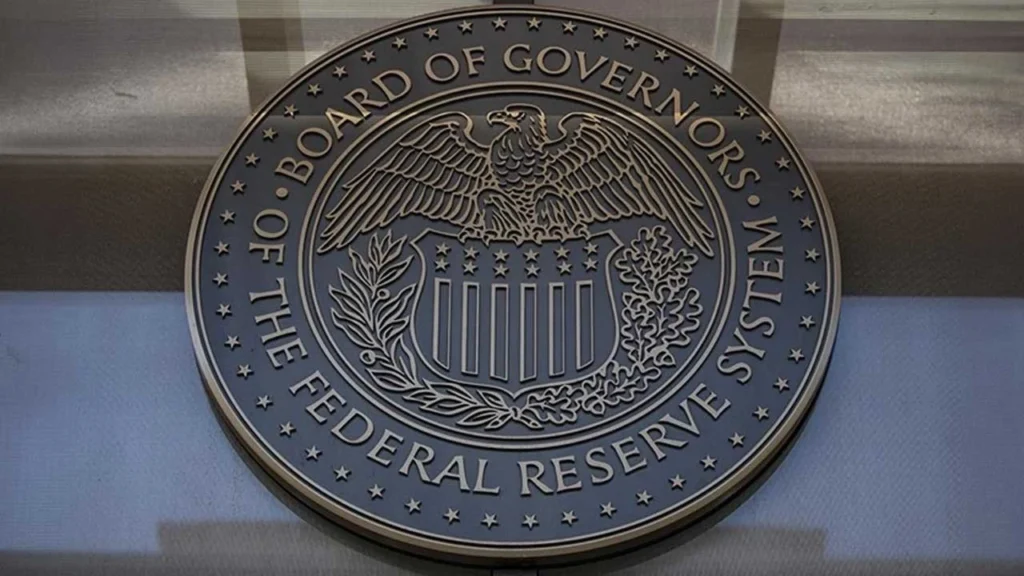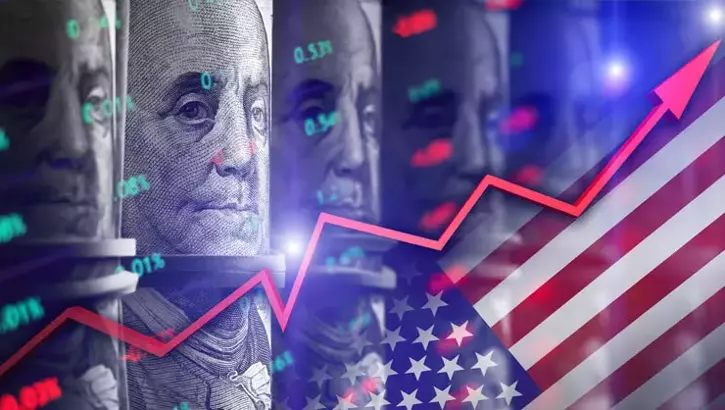The world of finance is in constant motion, and few areas have experienced as much dynamic interplay recently as the traditional economy and the nascent crypto market. For CEOs navigating this evolving landscape, understanding the intricate relationship between macroeconomic factors, particularly US interest rates, and the performance of digital assets is paramount. This article explores how shifts in US monetary policy influence the crypto market and what this means for investors and businesses alike.

The Federal Reserve’s Influence
At the core of the traditional financial system lies the US Federal Reserve (the Fed), whose decisions on interest rates ripple across global markets. When the Fed raises interest rates, it typically aims to cool down an overheating economy and combat inflation. Higher interest rates make borrowing more expensive, which can reduce consumer spending and business investment. This, in turn, can lead to a stronger US dollar, as the yield on dollar-denominated assets becomes more attractive.
The impact on risk assets, including stocks, is often negative. Investors tend to reallocate capital from higher-risk, higher-reward investments to safer, interest-bearing assets like government bonds. For a long time, cryptocurrency, despite its revolutionary potential, has been largely perceived as a risk asset. Its volatility and speculative nature have often led it to correlate with the broader tech stock market, which is particularly sensitive to interest rate hikes.
Crypto’s Response to Rate Hikes
Historically, periods of rising interest rates have often coincided with downturns in the crypto market. When borrowing costs increase, the allure of speculative investments like Bitcoin and other cryptocurrencies can diminish. Investors may choose to hold less volatile assets, seeking stability over potential rapid gains. This flight to safety can lead to selling pressure in the crypto market, contributing to price declines.
Conversely, a dovish stance from the Fed, characterized by lower interest rates or quantitative easing, can inject liquidity into the financial system and encourage risk-taking. In such environments, traditional markets often rally, and crypto, too, can benefit from increased investor appetite for higher-yielding, albeit riskier, assets. The narrative shifts from capital preservation to growth opportunities, making digital assets more appealing.
A Maturing Market and Evolving Dynamics
While the historical correlation between US interest rates and crypto performance is undeniable, it’s crucial to acknowledge that the crypto market is maturing. It’s no longer solely driven by retail speculation; institutional adoption is growing, and use cases beyond speculative trading are emerging. Bitcoin, for example, is increasingly seen by some as “digital gold” – a potential hedge against inflation, which could give it a different dynamic in certain interest rate environments.
Furthermore, innovations within the crypto space, such as decentralized finance (DeFi) and real-world asset tokenization, are creating new avenues for value creation that may become less directly tied to traditional interest rate cycles over time. As the crypto ecosystem develops its own internal drivers and utilities, its sensitivity to conventional macroeconomic indicators might evolve.

Navigating the Future
For CEOs, understanding these dynamics is not just academic; it has practical implications for investment strategies, risk management, and even business development within the Web3 space. While interest rate policy remains a significant factor, it’s part of a broader tapestry of influences on the crypto market. Geopolitical events, regulatory developments, technological advancements, and shifts in investor sentiment all play a role.
The key takeaway is that the relationship between US interest rates and crypto is complex and evolving. While past performance offers valuable insights, the future of this relationship will depend on the continued maturation of the crypto market and its ability to establish itself as a distinct asset class with its own fundamental drivers, rather than just a high-beta proxy for tech stocks. Staying informed and adaptable will be crucial for navigating this fascinating intersection of traditional finance and digital innovation





